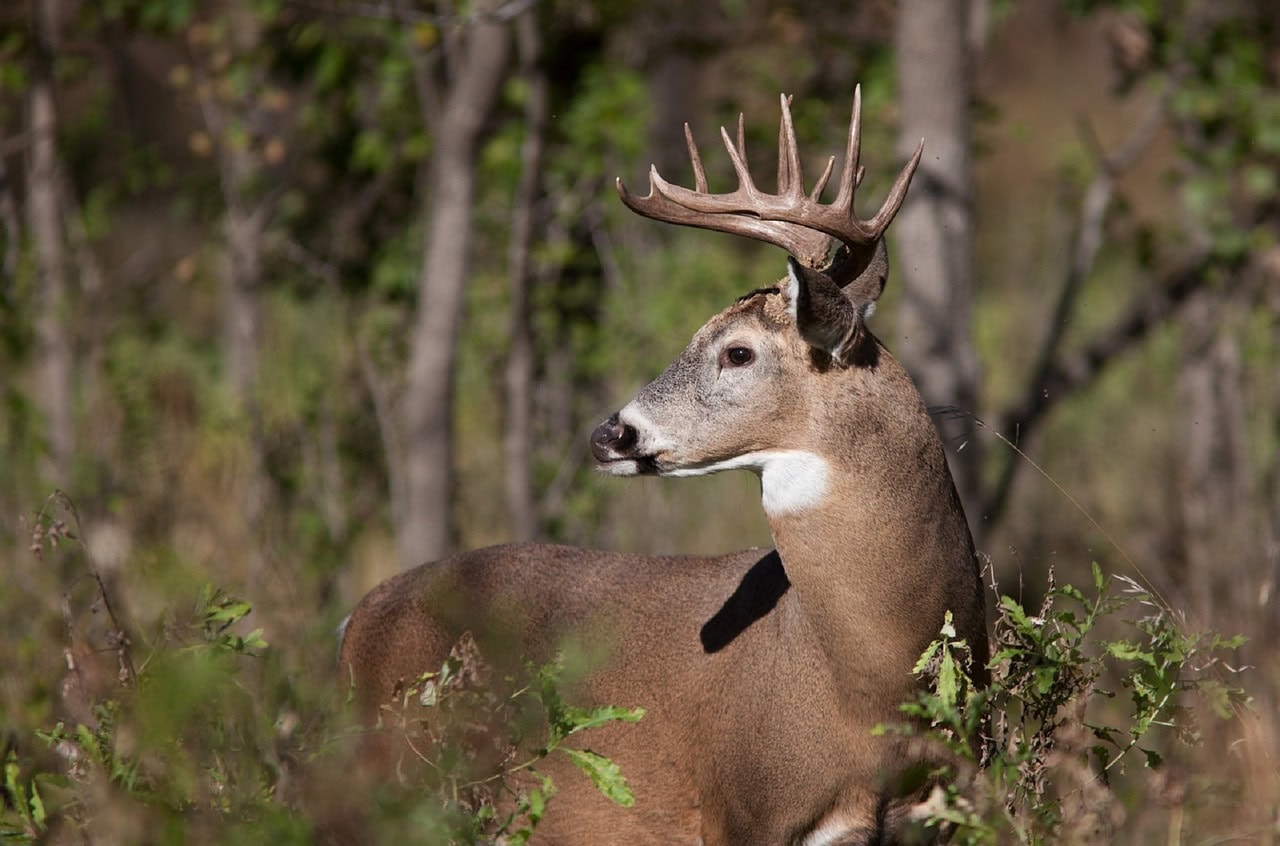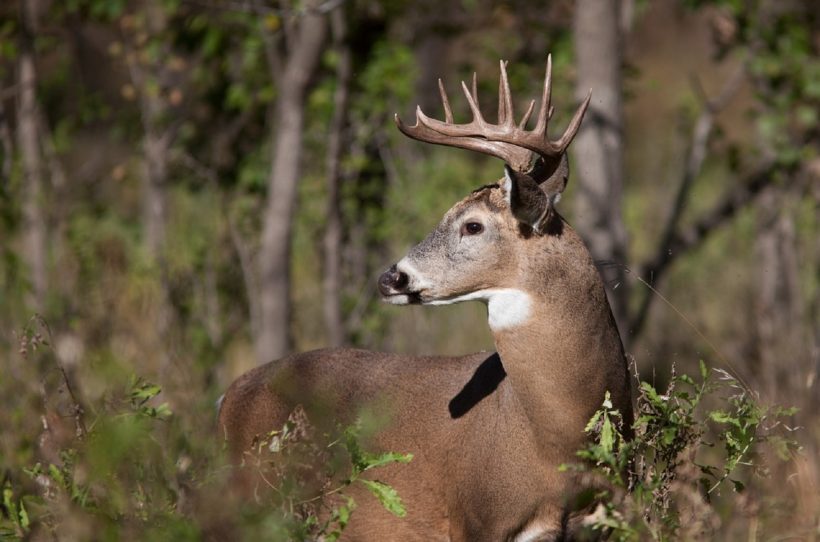Thank you for not feeding the animals
It’s tempting to try and connect with nature by getting close to wildlife. Catching a glimpse of a red fox on your drive to work, or a hummingbird in flight near your birdfeeder is an awe-inspiring experience. However, when humans try to artificially create these experiences by feeding wildlife, it can have devastating consequences.

A woman in Cortlandt was recently severely injured when a male white-tailed deer attacked her while she was feeding it. She suffered a punctured lung, several broken bones, and other internal injuries from the buck’s antlers. This incident easily could have been avoided by observing the animal from a safe distance. Supplemental feeding of wildlife cause these animals to lose their fear of people, and it also drastically increases a person’s chance of injury. It’s also bad for wildlife, because in addition to increasing incidents of human–wildlife conflict, it encourages animals to congregate and helps spread disease.
This story is an important reminder to never feed wildlife, except for birds during the winter months. Remember that bird feeders should be taken down from March 1 to December 1 to discourage bear activity.
Connecting with nature is important to our well-being as humans. It helps us recognize the value of natural spaces, including their aesthetic and ecological significance. Most importantly, connecting with nature reminds us that, as humans, we share the planet with millions of other living creatures that also play a role in the function of natural systems. Viewing wildlife is a wonderful experience, and can be completely safe when done from a distance. Respect wildlife, and remember—keep wildlife wild.


